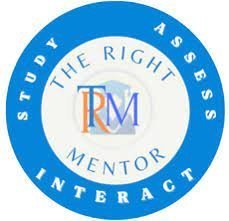Laws of Motion Quiz – Class 9 Science
Q1. Who formulated the three laws of motion?
Answer:
Q2. A body of mass is acted upon by a force of . What is its acceleration?
Answer:
Solution: Using Newton’s second law:
Q3. The first law of motion is also called the law of:
Answer:
Q4. A body continues to move with uniform velocity if no external force acts on it. This statement represents:
Answer:
Q5. Two objects of masses and are subjected to the same force of . Which one will have greater acceleration?
Answer:
Solution:
For :
For :
Q6. Newton’s third law of motion states:
Which of the following is an example?
Answer:
Q7. A person in a bus falls forward when the bus suddenly stops. This is an example of:
Answer:
Q8. A force of acts on a body of mass . What is the acceleration produced?
Answer:
Solution:
Q9. The property of a body to resist any change in its state of motion is called:
Answer:
Q10. Two ice skaters push each other. Skater A has mass and Skater B has mass . If Skater A moves backward with acceleration , what is the acceleration of Skater B?
Answer:
Solution: By Newton’s third law, forces are equal:
.
Q10. Two ice skaters push each other. Skater A has mass and Skater B has mass . If Skater A moves backward with acceleration , what is the acceleration of Skater B?
Hint: Forces are equal and opposite (Newton’s 3rd law).
Answer: a) 1.43 m/s²




Leave a Reply
You must be logged in to post a comment.